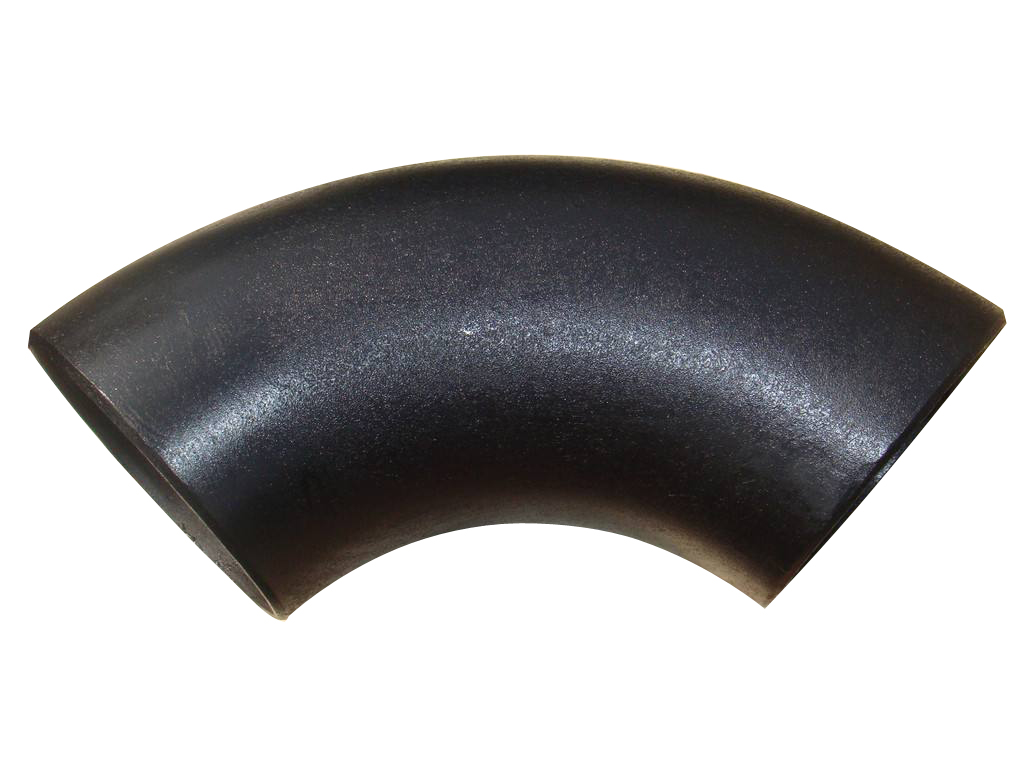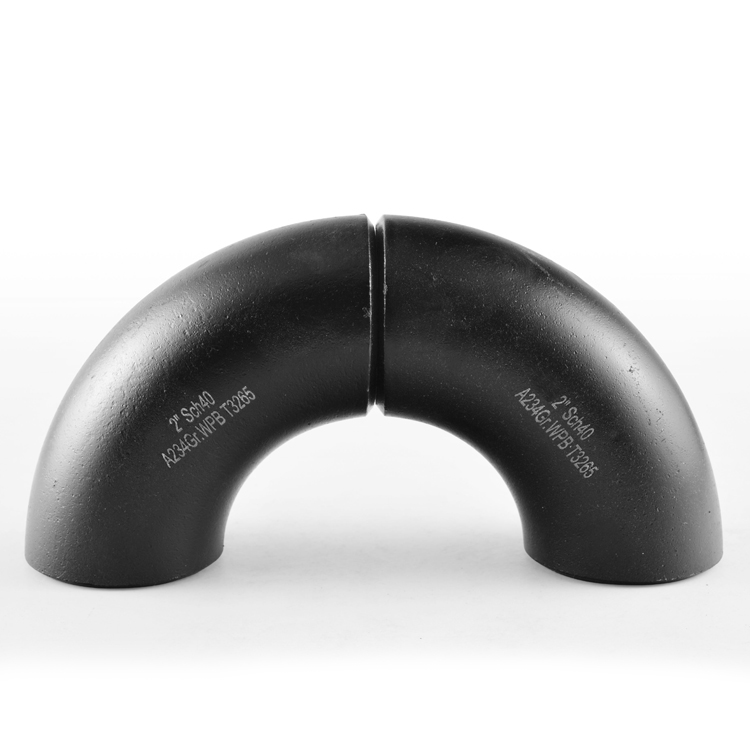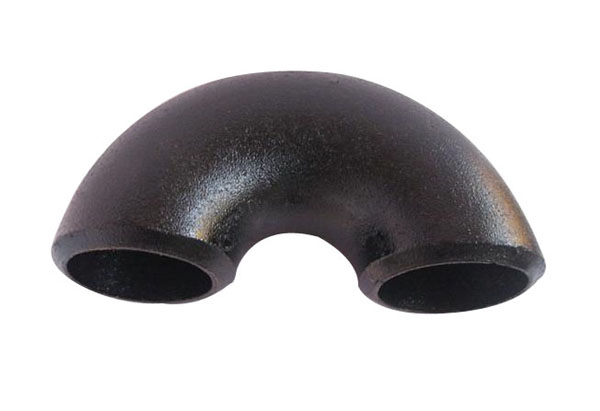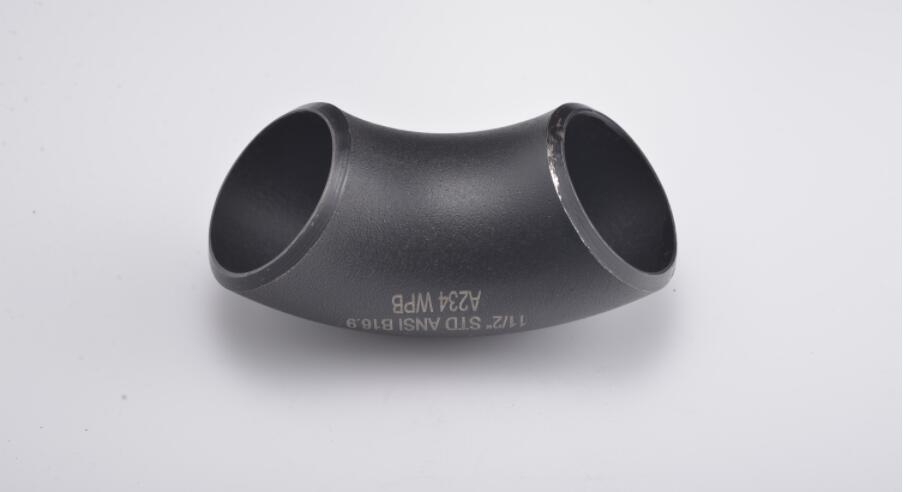What is stainless steel elbow used for?
What is stainless steel elbow used for?
Why is it better to use stainless steel?
Is carbon steel or stainless steel stronger?
How quickly does carbon steel rust?
Stainless steel elbows are pipe fittings used to change the direction of piping systems.
They play a crucial role in various industries and applications where the redirection of fluid or gas flow is necessary. Here are some common uses of stainless steel elbows:

Directional Change in Piping Systems:
The primary purpose of stainless steel elbows is to redirect the flow of fluids or gases in a piping system. They are installed at specific angles to facilitate changes in the direction of the pipeline, allowing for optimal routing and connection.
Avoidance of Obstacles:
Stainless steel elbows are employed to navigate around obstacles such as walls, structures, or other piping components. Their angled design enables the pipeline to be routed efficiently through constrained spaces.
Pressure Drop Mitigation:
Elbows are designed to minimize pressure drops in the piping system. Properly engineered elbows ensure a smooth flow transition, reducing turbulence and preventing unnecessary pressure losses.
It’s important to note that the selection of stainless steel elbows depends on factors such as the type of fluid or gas being transported, the operating conditions, and the specific requirements of the application.
Proper installation and adherence to industry standards are essential to ensure the effective and safe use of stainless steel elbows in various industrial settings.

Why is it better to use stainless steel?
Corrosion Resistance: Resists rust and corrosion, making it durable in various environments.
Durability: Exhibits strength and toughness, providing longevity and reducing the need for frequent replacements.
Hygienic Properties: Smooth surface resists bacterial growth, making it suitable for applications in industries like food and healthcare.
Aesthetic Appeal: Clean, modern appearance and polished surface enhance its aesthetic value.
Heat and Fire Resistance: Maintains strength at high temperatures, making it suitable for applications exposed to heat.
Low Maintenance: Requires minimal maintenance due to resistance to corrosion, staining, and tarnishing.
Recyclability: Highly recyclable, promoting sustainability and environmental friendliness.
Versatility: Easily fabricated into various shapes, allowing for customization to meet specific project requirements.
Resistance to Chemicals: Excellent resistance to a wide range of chemicals, acids, and corrosive substances.
Strength and Toughness: Provides structural integrity in various applications, including construction and manufacturing.

Is carbon steel or stainless steel stronger?
Certainly, here’s a simplified comparison between carbon steel and stainless steel using a table format:
| Property | Carbon Steel | Stainless Steel |
|---|---|---|
| Composition | Mainly iron and carbon | Iron, carbon, chromium, and other alloying elements |
| Corrosion Resistance | Prone to corrosion and rust | Highly corrosion-resistant due to chromium content |
| Strength | Generally strong | Strength varies with alloying elements; can be strong |
| Cost | Generally less expensive | Typically more expensive than carbon steel |
| Appearance | Can develop rust or tarnish | Resists corrosion, maintains a polished appearance |
| Durability | Susceptible to corrosion, may require coatings | Durable and corrosion-resistant, requires minimal maintenance |
| Applications | Construction, pipelines, automotive | Cutlery, cookware, medical instruments, construction |
| Magnetic Properties | Generally magnetic | Magnetic properties vary; some stainless steels are non-magnetic |
| Temperature Resistance | Moderate temperature resistance | High-temperature resistance, suitable for extreme conditions |
| Weight | Moderate weight | Generally lighter than carbon steel |
| Recyclability | Fully recyclable | Fully recyclable |
It’s important to note that the properties of stainless steel can vary significantly depending on the specific alloy and heat treatment.
The choice between carbon steel and stainless steel depends on the specific requirements of the application, considering factors such as corrosion resistance, strength, cost, and appearance.

How quickly does carbon steel rust?
Carbon steel can begin to rust relatively quickly when exposed to moisture and oxygen. The rate of rusting depends on several factors, including environmental conditions and the specific type of carbon steel. Here’s a brief overview:
Initial Formation: Surface rust can start to form on carbon steel within hours or days of exposure to moisture and air.
Accelerated Rusting: The rusting process accelerates in more corrosive environments, such as those with high humidity, salt exposure, or acidic conditions.
Type of Carbon Steel: Different grades and compositions of carbon steel exhibit varying degrees of susceptibility to rust. For example, low-carbon steels may rust more quickly than higher-carbon steels.
Protective Coatings: Some carbon steel products are coated with protective layers, such as paint or zinc coatings (galvanization), to slow down the rusting process.
Maintenance: Regular maintenance, including cleaning and application of protective coatings, can slow down or prevent rusting.
In summary, carbon steel can rust relatively quickly, especially in unfavorable environmental conditions. Proper maintenance and the application of protective coatings can help mitigate the rate of rust formation.
